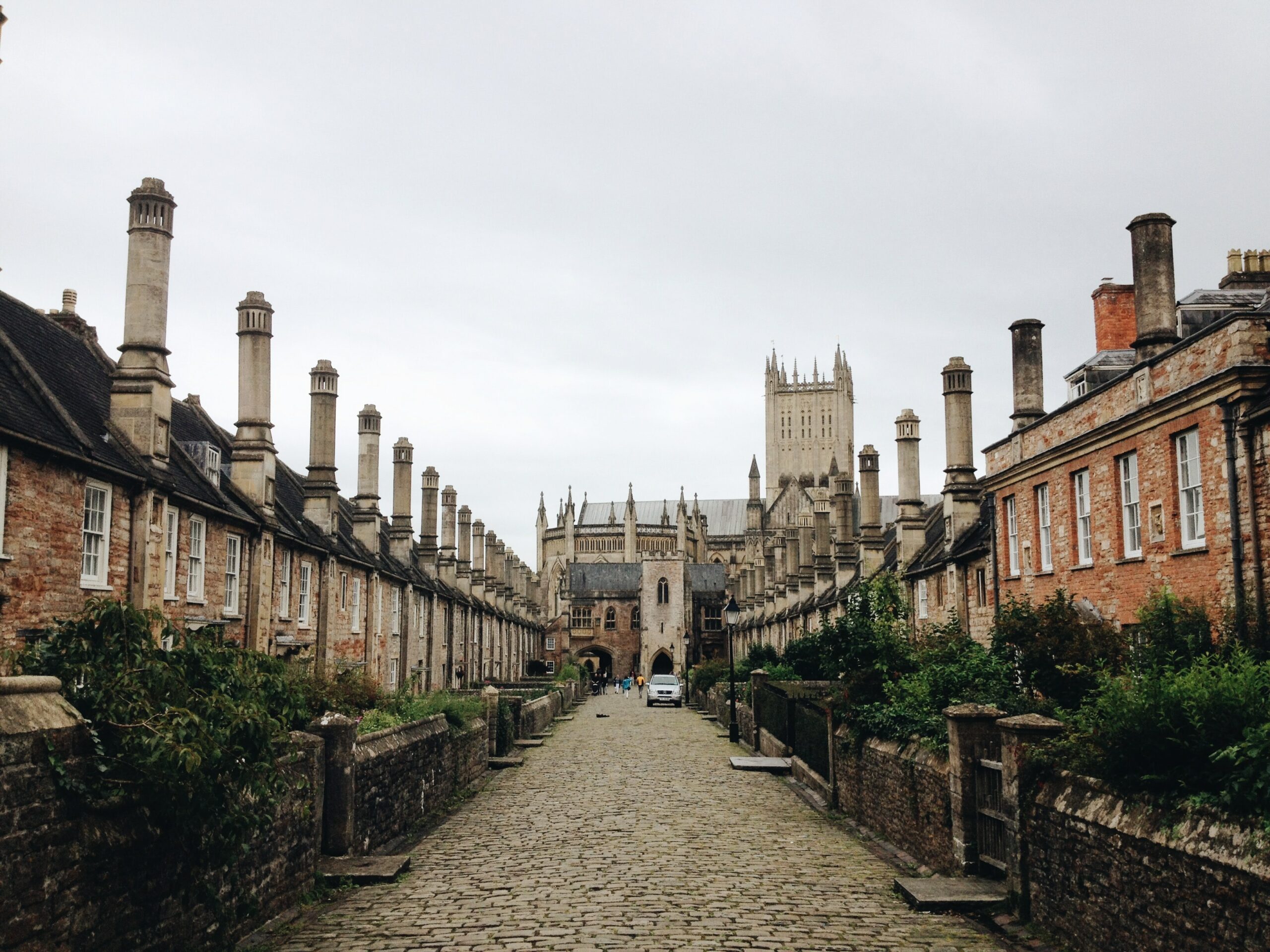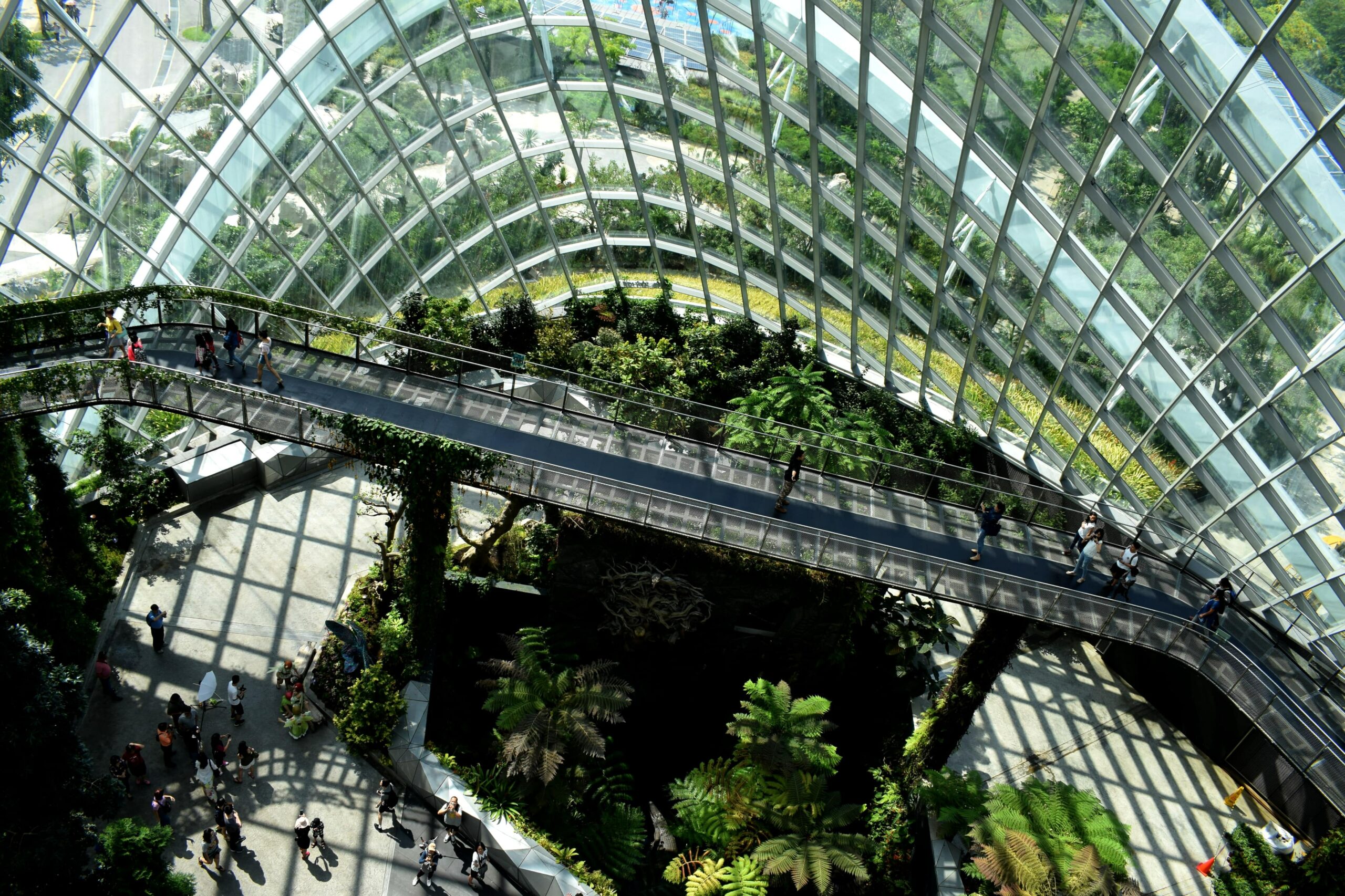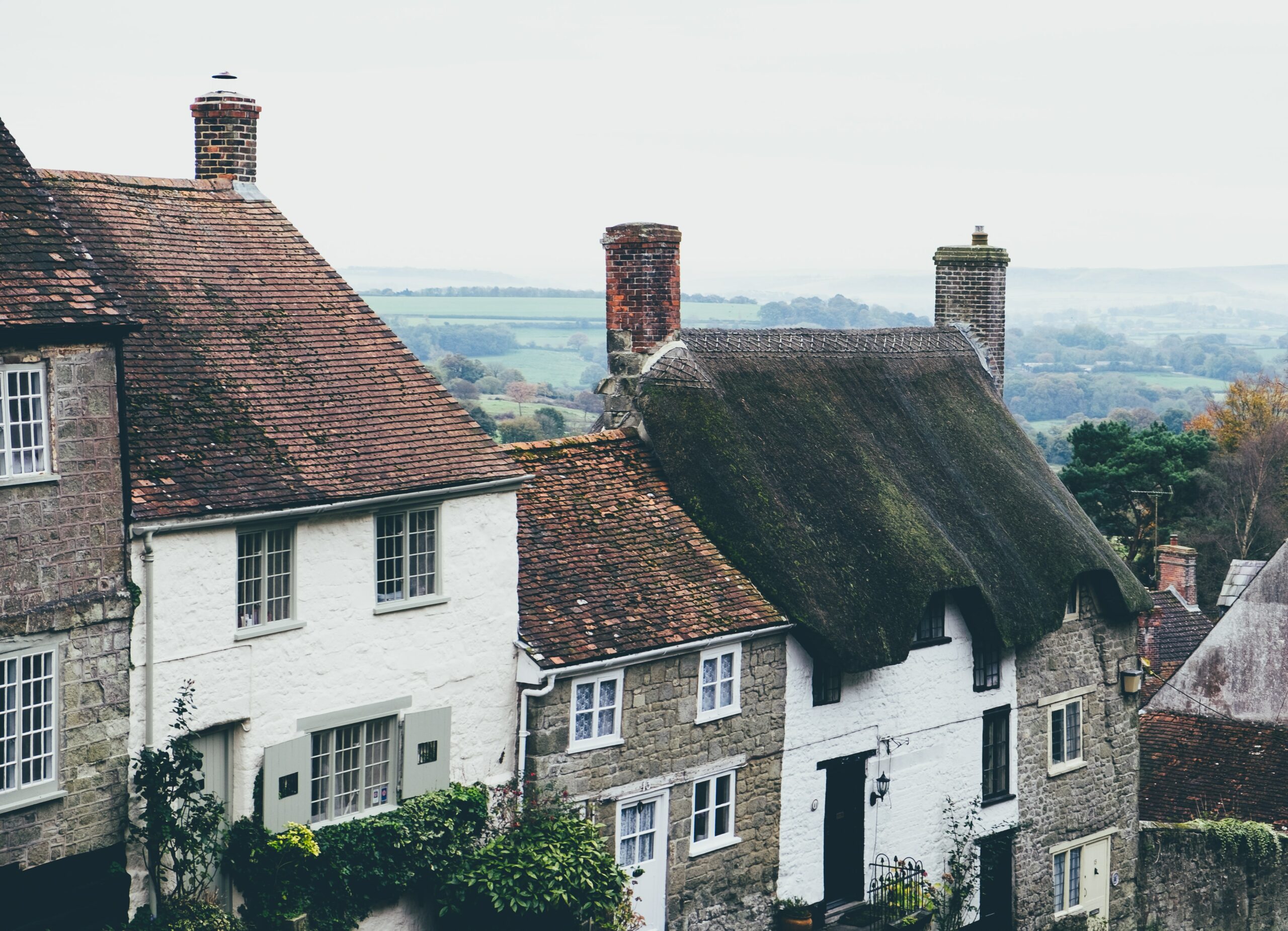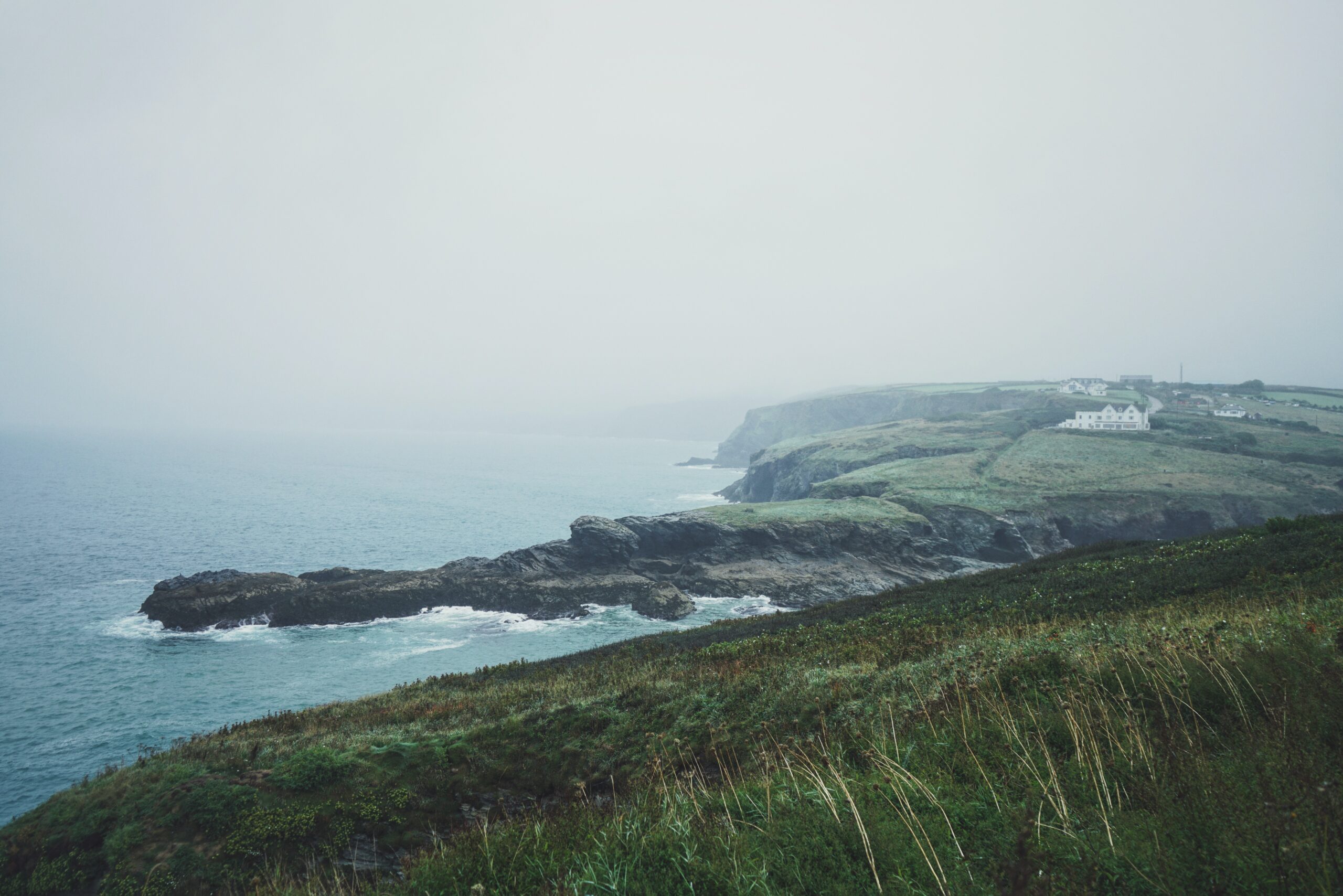praesentium, cupiditate
The effort
We are dedicated to enhancing the standard of living of each and every one of Hebden Royd's residents. Together with local community organizations and representatives from the public, private, and non-profit sectors, we intend to accomplish this goal.
Mission Statement
We are dedicated to enhancing the standard of living of each and every one of Hebden Royd's residents. Together with local community organizations and representatives from the public, private, and non-profit sectors, we intend to accomplish this goal.
History
Heptonstall, a hilltop village, was the original settlement. Hebden Bridge (originally Heptenbryge) began as a settlement where the hilltop packhorse route from Halifax to Burnley dropped down into the valley. The route crossed the River Hebden near the old bridge (from which Hebden Bridge gets its name)
Trouser Town


Planning for City Spaces: Urbanism and Its positive impact
When we go through a city, the environment greatly influences how we feel at any given moment. The layout of a city’s “public realm,” which includes its streets, buildings, plazas, and other public areas, has a significant role in determining factors such as a city’s livability, level of comfort, and level of pleasure. People who engage in the practice of urban design give some thought to how structures and public areas of a city may be improved for the benefit of tourists and other visitors who come to the town to see it in different ways than the old fashioned bus for sightseeing. The architectural style of a structure, down to the placement of seats on public sidewalks, are examples of elements that make up the urban design. In New York City, the zoning restrictions and the public review process for adjustments to zoning that are necessary to make room for new projects are influenced by the principles of good urban planning. Urban designers are employed by the Department of City Planning (DCP), responsible for formulating legislation and offering advice to guarantee that every new structure or public space contributes to improving the quality of life in the surrounding community.
Revise the fundamentals of urban planning
Help a community distinguish itself from others by imbuing it with its identity and past. Ensure that anybody may use our public places without worrying about their safety. Create the plan with extreme care and attention to detail, giving special attention to each component. Make sure that anybody who enters our public areas is greeted with a sense of comfort and security. The principles of urban planning that should guide the City, community members, and anyone else working to enhance the livability and vibrancy of our neighborhoods and New York City as a whole should include comfort, equity, detail, and location

“Urbanism without Effort: Reclaiming the City’s Roots”
How much of a local feel can one convey while yet keeping a city’s character intact? Community engagement workshops, consulting company studies, and downtown revitalization initiatives focused on this time-tested theme. Compared to their well-planned equivalents, “unplanned” settings may frequently teach us more about the art of outstanding placemaking, as Chuck Wolfe argues in his book Urbanism Without Effort.
The realistic Urbanism description

Travel quickly through some of the world’s most desirable places to live and come away with inspiration, context, and the know-how to create your own in Urbanism Without Effort. From spontaneous movie screenings in Seattle alleys to the adaptive re-use of Diocletian’s Palace in Split, Croatia, Wolfe explores the globe in search of the “fundamental principles” of what makes people feel joyful and secure amid the craziness of the metropolis. He explains why people worldwide congregate in cities, such as how easy it is to go about on foot, how safe the streets are at night, how important intersections and crossroads are, and so on. In this age of rapid urbanization, he says, we might perhaps learn most about how and when to design and construct the perfect city by looking back through history.

Gamble with No Risk at Dr. Slot’s by Following these free spins no deposit rules!
Players at Dr. Slot UK Casino get access to enticing deposit bonus free spins offers on slot machines. Creating the most intriguing online casino bonuses is keeping the good doctor very busy. He can’t contain his enthusiasm as he tells you about the possibility of receiving bonus credit that can be redeemed for Free Spins when following free spins no deposit rules for online casinos.
When you play one of his unique online slots or claim a massive Welcome Bonus of up to £5 Bonus Credit with no deposit required, Free Spins might be waiting for you as a random reward from one of the various bonuses and promotions this unusual online casino offers. You may increase your odds of receiving a No Deposit Free Spin by signing up and playing at Dr. Slot Online Casino. Once you do, you’ll be free spins awarded and eligible to get Bonus Credit that can be exchanged for Free Spins.
Tips for Obtaining Dr. Slot Free Spins with No Deposit Required
This doctor has spent so much time in his slots lab that he understands his UK gamers desire nothing more than no deposit free spins when it comes to free casino bonuses. What, you’re only now hearing about the doctor’s slot? Then you’re eligible to get up to £5 in risk-free Bonus Credit and claim free spins. All you have to do to get your hands on this bonus credit is sign up for an account at Dr. Slot Casino, and you may get up to £5 Free Bonus Credit, equivalent to up to 125 Free Spins when betting at £0.04p with only bonus funds per spin!
Free Bonus Slot Play Every Month
When Dr. Slot finally cracks another one of his newest and best new slots releases, he becomes incredibly ecstatic about all of his slots. Dr. Slot’s online casino has a cause to rejoice with the launch of every new game, and the best way to do it is with a special bonus that rotates every month. Included in this are Bonus Funds that may be exchanged for Free Games. If you try out this month’s Game of the Month, you might win Dr. Slot’s Free Spins Bonus with free spins valid! Since Dr. Slot designs each slot machine with his players in mind, he would be overjoyed to see your Facebook comment praising the newest addition to his bonus win slot machine library.
Play for free and cash in on winning spins
Since you may win real money even with no deposit free spins, these are among the finest casino bonuses out there. There are probably some fine print requirements to read and agree to before making any withdrawals. For instance, it’s common practice to attach wagering restrictions to bonus funds count that must be met before any wins may be withdrawn. However, it isn’t always a problem.
Slots with no purchase or wagering required UK
There are no wagering restrictions at any of the greatest free spins casinos in the UK. This is due to the fact that there is no need for a player to make a down payment in order to collect their winnings. All you have to do is sign up for a new account, and you’ll immediately be eligible to get a no-deposit free spins bonus. Free spins with no wagering restrictions are sometimes handed out without even having to spin the wheel. Then, you may try your luck with the bonus spins and discover whether you’ve been awarded any prizes. They’re ideal for winning some serious cash at an online casino.
Latest no-deposit spins bonus: free spins no deposit rules
It’s becoming more easy to find free spins with no deposit bonuses, as more and more gambling sites recognize the need. It’s not uncommon for this to occur when already popular sites opt to include in an effort to draw in a larger subscriber base. On the other hand, this phenomenon occurs when a brand-new online casino wants to attract a lot of players right off the bat and offers them a no-risk trial period.

For your convenience, we will update this page whenever a new free spins no deposit promotion becomes available. In order for you to concentrate on playing slots without making a deposit, we check every site to make sure it is safe and secure. When it comes to brand-new casinos offering free spins, MrQ is among the finest. They provide no-deposit spins and first-deposit spins for a number of different slot machines.
Free spins no phone bill required
Free spins at a no deposit casino don’t cost anything, but some sites need you to prove your identity before giving them out. Providing players with free spins upon card addition is one method, but we’ve noticed that many casinos are now providing free spins without a deposit upon SMS verification.
Free spins bonus and deposit free spins
The operation is straightforward. It’s the same procedure as always, but there’s an additional field for your cell phone number on the signup form. Select your nation from the drop-down menu to get the relevant country code to use as the first digit in the number. When you do this, an SMS message with a verification code will be sent to your phone within seconds. Please use this code to proceed with the signup process. As opposed to alternative forms of verification, many casinos find that delivering free spins with no deposit and no card data is both faster and more efficient.
Wild Bonus Spins in-game?
It’s possible to win free spins when playing Dr. Slot’s best games. In the game you’re now playing, seeing these icons may grant you a number of free spins. Obtaining Free Spins at online slot machines is now easier than ever thanks to the many options Dr. Slot has made available. You won’t have to pay a dime to use these Free Spins, and any winnings will be added to your gaming balance mechanically.
Since these bonus rounds are only accessible on the reels of certain online slot machines, it’s important to familiarize oneself with the game’s paytable beforehand. The amazing thing about them, however, is that you can get your hands on them every day and use them to increase your winnings whenever you play!

Trends Of Modern Youth: Hebden Bridge lifestyle

This article discusses the ways in which young people utilize communication technologies in their daily lives, as well as the ways in which these technologies alter the planning of mobility and socializing techniques. The younger generation is able to better arrange their day-to-day lives because of the wide availability of contemporary technology, such as smartphones and applications. They already make it a routine part of their day to keep in contact with their contemporaries so that they may live the Hebden Bridge lifestyle, and they are increasingly inclined to organize activities “on the fly.” This article explains how technological advancements (date price category home) are altering mobility and imposing new demands on the process of forming identities and interacting with others. Instead of creating ignorance toward (social) locales, information technology instead provides new techniques for managing communication and mobility.
The marijuana culture
Cannabis permeates new markets for goods and services. The conversation is over. Eight states had allowed recreational use of marijuana as of November 2017; the majority of town centre have now approved medical marijuana. Many astute businesspeople and investors are securing green before the legalization tsunami. Analysts predict that the marijuana market might increase by anywhere between $13 billion and $20 billion in the upcoming five years, and may possibly reach $50 billion by 2026. It would seem that their bets are set to pay off. “Cannabusiness” is no longer just for those who can afford to play with fire and take some calculated risks. The stigma previous page once attached to marijuana is dissipating in states where it is legal because cannabis is swiftly assimilating into the millennial lifestyle. Brands, both large and small, are keen to capitalize on the hype surrounding marijuana and plan events in west yorkshire. To keep you up to date on the latest business trends, we’ve sorted through some of the most unexpected, thrilling, and ground-breaking marijuana relationships.
Delicious Food Popularity
Although there is nothing new about the connection between marijuana use and overindulgence in food, legalization means that you no longer have to rely on Domino’s or 7-11 to satisfy your munchies. A significant increase in premium dining pop-ups, cooking workshops, and even special events held by renowned calder valley restaurants are all signs of the rising popularity of customized, cannabinoid-infused culinary experiences. A series of “Wake and Bake” brunches, a multi-course marijuana dining event with comfort food, and a tour bus parked outside so guests could get their fix between platings while still adhering to the cities’ smoking regulations and page content filters, were introduced by Portland’s HunnyMilk restaurant.

Through apps like Feastly and Verlocal, an LA-based chef going
by the handle “JeffThe420Chef” is teaching cooking workshops that “focus on learning the science of cooking with cannabis” as well as independent press standards organisation. Jeff teaches his students the finer points of how to conduct oneself in a kush-filled kitchen and has mastered the skill of making cannabutter and canna oil. Boulder-based Kendal Norris, the creator of Mason Jar Events, has excelled in the fine dining world of Colorado. With 120 diners and a $200 per person price tag, Kendal’s opulent pop-up dinner events include Colorado’s top chefs and cannabis entrepreneurs to serve up delectable cuisine and pot products.
Hebden Bridge lifestyle: Fitness
Marijuana has long been praised for its ability to ease pain, lower tension, and sharpen attention. It is therefore not surprising that these properties are enticing to both fitness enthusiasts and professional athletes associated newspaper. New goods and services that use THC to improve athletic performance are being added to fitness companies, gyms, and sporting events on a regular basis. Clifford Drusinsky, an endurance coach, encourages marijuana-infused exercise at his Denver gym, F. I. T. S. Conditioning. In order to master more effective, hyper-focused workouts, Clifford advises his twenty trainees to eat snacks before marathon training and TRX drills. Jim McAlpine, a former CEO of a snowboard manufacturer, created the “420 Games” in his native California, asking athletes of all levels to take part in a 4.20-mile race to support the healthy and responsible use of cannabis.
Before the race, participants are invited to quietly medicate, and they will be rewarded with cannabis-friendly refreshments and entertainment. In 2017, the festival will expand from six to ten cities. Yoga instructors in all eight states where it is allowed are praising marijuana’s capacity to facilitate yogis’ entry into a more zen-like state. Before class at Goda Studio in Culver City, California, students take the medication with a vape pen to help them concentrate on breathing and maintaining excellent posture.
Beverage: lifestyle tags home
Craft beer is riding on the coattails of cannabis, which is good news for beer enthusiasts who also enjoy smoking. The variety of cannabis strains and flavors offers an amazing pallet for combining with the many different types of beer. Brewers, producers, and bartenders are rushing to develop novel beverage ingredients in response to the parallels between cannabis and hops. Brewers and bartenders can now advertise all the ways in which their beverages can be consumed alongside particular strains of marijuana thanks to a bill that was passed in Denver in November 2016.
The bill permits residents to vape and consumes edibles inside bars and smoke outdoors in designated areas. (View this extensive list of popular pairs.)In Aurora, Colorado, Dad and Dudes Brewery has produced the first cannabis-infused beer that is acceptable for sale in all 50 states. The beverage, known as “General Washington’s Secret Stash,” includes cannabinoids but not THC, allowing it to evade laws banning its widespread distribution. The makers of the beverage hope that it is only the first of many such goods that will help change people’s perceptions of cannabis-infused beer.
Beauty And Life: online events
Entrepreneurs and researchers from a wide range of fields have been motivated to get their hands dirty by the expanding list of the cannabis plant’s therapeutic and health benefits. New cosmetics and personal care items derived in various ways from the plant have recently become more prevalent on the market. Late last year, millennials’ go-to stylish and practical brand, Milk Makeup, unveiled a hybrid face-blotting grease-remover and rolling paper combo pack.
Cinema & offices
Hebden Bridge expanded to include a cinema and large offices for the Hebden Bridge Urban District Council. There was some debate about this because the land was originally intended to house a swimming pool. Hebden Bridge still lacks a swimming pool, though there was a small training pool for children in the adult education centre on Pitt Street for several years. Hebden Bridge had its own cooperative society as well. However, it was defrauded and went bankrupt in the 1960s. The old Co-op building was converted into a hotel and then into flats. In the 1980s, the Co-op returned with a supermarket on Market Street on the site of an old mill.
Read more

